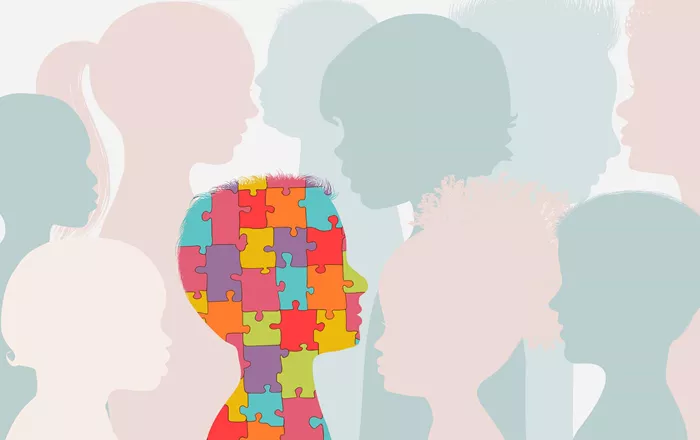The number of adults being diagnosed with autism is increasing significantly, with a notable rise in diagnoses among young adults. A study published in JAMA Network Open found a 452% increase in autism diagnoses among U.S. adults aged 26 to 34 from 2011 to 2022. This trend is attributed to increased awareness and recognition of autism symptoms, as well as the fact that some traits may only become apparent in adulthood when social demands change.
Signs of Autism in Adults
Autism spectrum disorder (ASD) is characterized by challenges in social communication and repetitive behaviors. Common signs include difficulty with social interactions, preferring routines, and having intense interests. However, these traits must cause significant impairment to meet the diagnostic criteria for autism.
Why More Adults Are Being Diagnosed
Several factors contribute to the rise in adult diagnoses:
Increased Awareness: More adults are seeking insight into their neurodiversity, often prompted by their children’s diagnoses or social media.
Masking Behaviors: Adults may have learned to hide autistic traits, making them harder to diagnose until later in life.
Symptom Overlap: Similarities with conditions like ADHD and OCD can complicate diagnoses.
The growing number of adult autism diagnoses highlights the need for better healthcare support tailored to autistic adults. This includes addressing mental health challenges associated with masking behaviors and ensuring access to appropriate diagnostic services across the lifespan.
Read more:
- What Is Autism: Symptoms, Diagnosed & Treated
- Is Autism Related To ADHD: All You Need To Know
- What Qualifies For Mental Disability, Professional Evaluation


